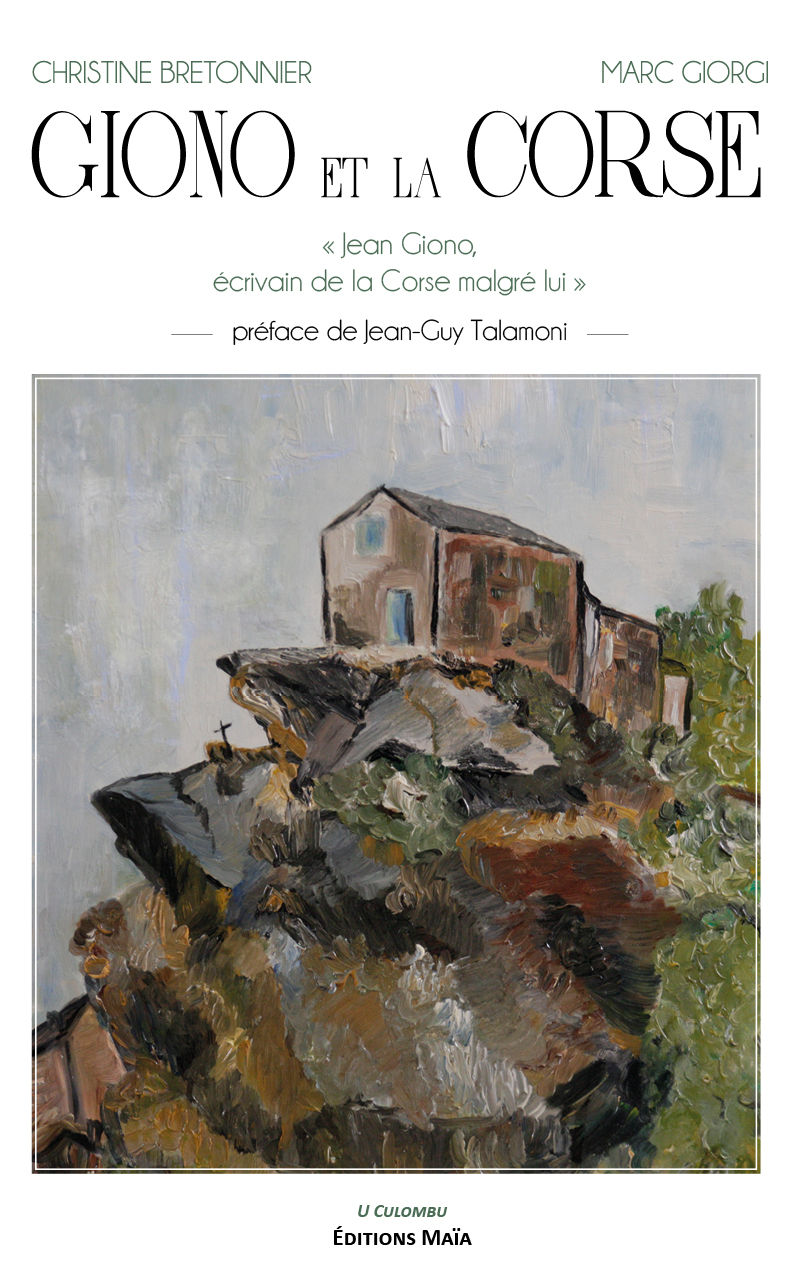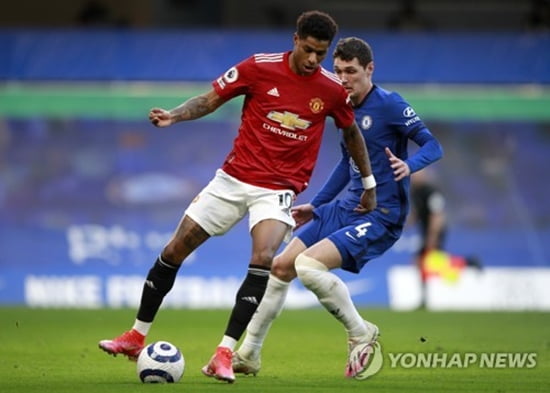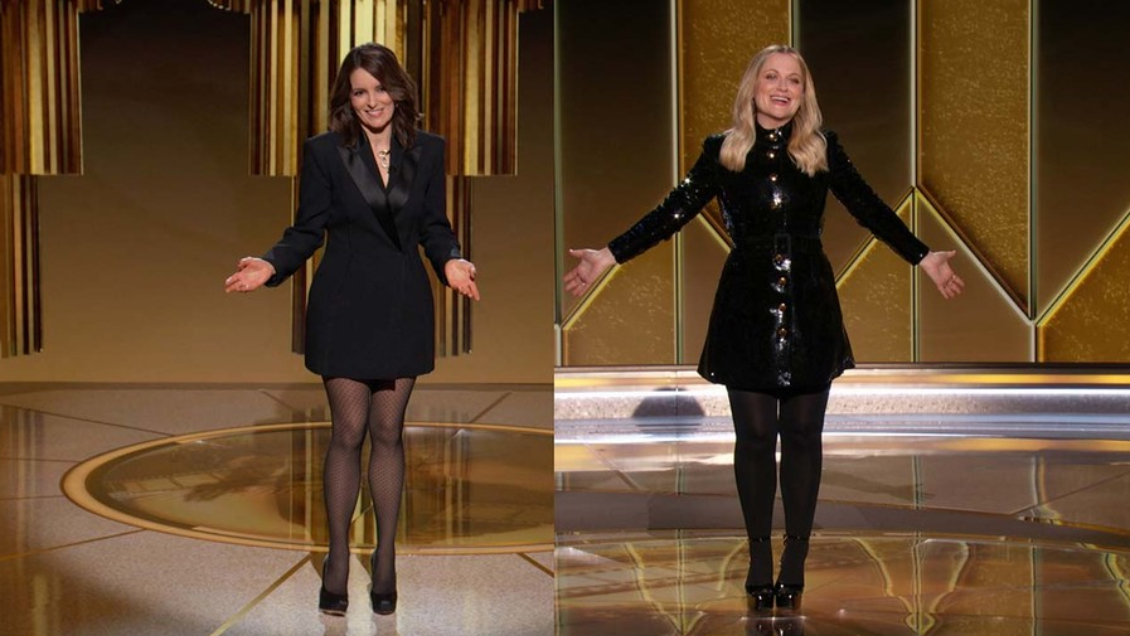This book is therefore a family story, in the singular, therefore. But also a story of families. Those of Valery and Jason. Families that do not belong to the same world since the first is real and the second is fictional. In addition, a sea separates them, land also.
CNI met with the two authors.
– Christine Bretonnier-Andreani, your links with Corsica?
– I am from the village of Pietra di Verde. This village developed my childhood imagination long before my discovery of Giono and it is undoubtedly what allowed me to explore all of Giono’s work, to study it and to develop two theses on Giono’s stories. I am associate professor of modern letters, essayist and poet, specialist in twentieth century writers, holder of two doctorates on Giono, the first supported at the Sorbonne under the direction of Henri Godard and the second at Denis Diderot under the direction of Julia Kristeva . I also wrote an article “Giono and Corsica »For the magazine Giono 2021.
– Marc…
– Originally from Corsica, I was born on the island in 1950, where I lived for a long time. Retired from National Education in 2013, I have since resided in Pietra di Verde, my hometown.
– Christine, why this book on Giono
– After Nietzsche who inaugurated the series with “Nietzsche and Corsica” by Thierry Ottaviani, talking about Giono and Corsica is paradoxical because it is attested that Giono never set foot in Corsica. So this trial should never have come to fruition. However, circumstances decided otherwise. There is no shame in acknowledging it, only the meeting with Marc Giorgi was decisive and the discussion we had about the affinities and similarities between his family members and the characters of Giono allowed me immediately to lift the paradox: Marc Giorgi’s ancestors incarnated in the characters; beings of flesh and blood began their transmutation; their blood turned to ink. The Valery then had a dialogue with the Jason of the Two Storm Horsemen; the village of Pietra di Verde resonated with the High Hills of Giono.
– Marc, the meeting with Christine?
– I was contacted in February 2020 by Christine who is a recognized specialist in the work of Jean Giono. It is with joy that I accepted his proposal to collaborate in the writing of a book on Giono and Corsica.
– Christine, the relationship between Giono and Corsica?
– How do places forge hearts, passions and characters? Between Echo and counterpoint, this essay offers a reflection on the representation of space in fictional universes, of which it probes the intimate links with reality. My theses are centered on the Giono second way, and, more particularly: Two storm riders as well as’Ennemonde and the Unfinished Stories: Hearts, Passions, Characters,… This essay is largely about these texts by Giono. For me, in this essay, it is a question of probing the human spaces (the space and the place coming together in the “human spaces”) that the mimetic arts organize by and in the Gionian texts and to put them in perspective with the geographic reality faced by the inhabitants of Pietra di Verde. Gille Deleuze has repeatedly said that “becoming is geographic”. We will remember that for Deleuze “what matters is the becoming-present: geography and not history, the middle and not the beginning or the end, the grass that is in the middle and that grows through the middle” (Gilles Deleuze, Claire Parnet, Dialogues)
– How did the writing relate to Marc Giorgi?
– It is in this village of Pietra di Verde that we played, my cousins Jean-Guy and Charles-Eric Talamoni and myself, when we were children and our families settled us in the house of my grandparents and back -grandparents for the summer. When I asked my cousin who I could contact in Pietra di Verde to feed the correspondence between the characters of Giono and the villagers of Pietra di Verde, Charles-Éric indicated Marc Giorgi whom I immediately contacted. We first spoke by phone during the first months of 2020 and I advised Marc Giorgi on Giono’s texts around which I intended to articulate this essay. Then, as I come to my apartment in Bastia every summer, we met with Marc in Pietra di Verde, in his house, and we worked out the plan and the themes around which the essay was to be structured. We carried out like this three working sessions in July and August 2020 and we continued our discussions by phone to complete this test. We are still in telephone contact with Marc Giorgi because from this joint writing work was born a precious friendship between us. Once the essay was over, I asked my cousin Jean-Guy Talamoni to write the preface, which he gladly accepted.
– Marc, your collaboration on this book?
– During our first telephone conversations, Christine advised me to read Giono’s texts on which she intended to work. We discussed it at length. We then met, at my home, in Pietra di Verde, in July and August 2020. During three working sessions we defined the themes that were going to be developed and drawn up the plan of the work. We then continued to exchange by phone and email to finalize our project. I wrote the part that describes the village of Pietra di Verde by emphasizing the opposition, on the one hand, between the wild and harsh character of certain places, which explain the characters of the individuals, and, of on the other hand, the beauty of the landscapes, in harmony with a certain sweetness of life. I also wrote the episodes which relate the life of its inhabitants to more or less ancient times as well as the exceptional fate of some of them. This collaboration with Christine gave birth to a precious friendship between us.
– The cover photo, Christine?
– If I chose this special house to illustrate the front cover of this essay, it is because of its disturbing strangeness and its inaccessible, fascinating and monstrous character. It is also to pay tribute to my mother who painted this house in 1959.
– Projects ?
– With Marc and a musician friend, piano teacher at the Bastia conservatory, we are working on a reading of some of the texts of the essay interspersed with music composed for the occasion by our friend Damien Michel. We plan to organize this show in the very village of Pietra di Verde, either directly in the church or on the forecourt of the church, depending on the weather conditions and the constraints linked to the Covid-19 pandemic, at the end of July or early August 2021. If our public reading of Pietra di Verde, scheduled for late July or early August, works with the public, we will try to do this show again in Bastia in the magnificent theater overlooking the old port. We also plan to organize dedications this summer in bookstores in Corsica.
– .


